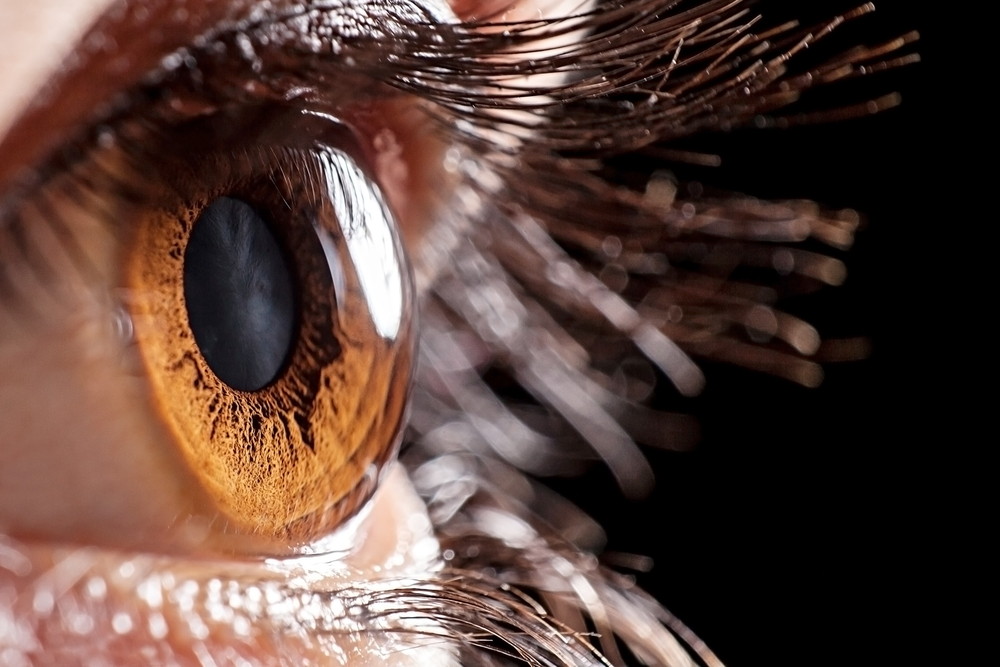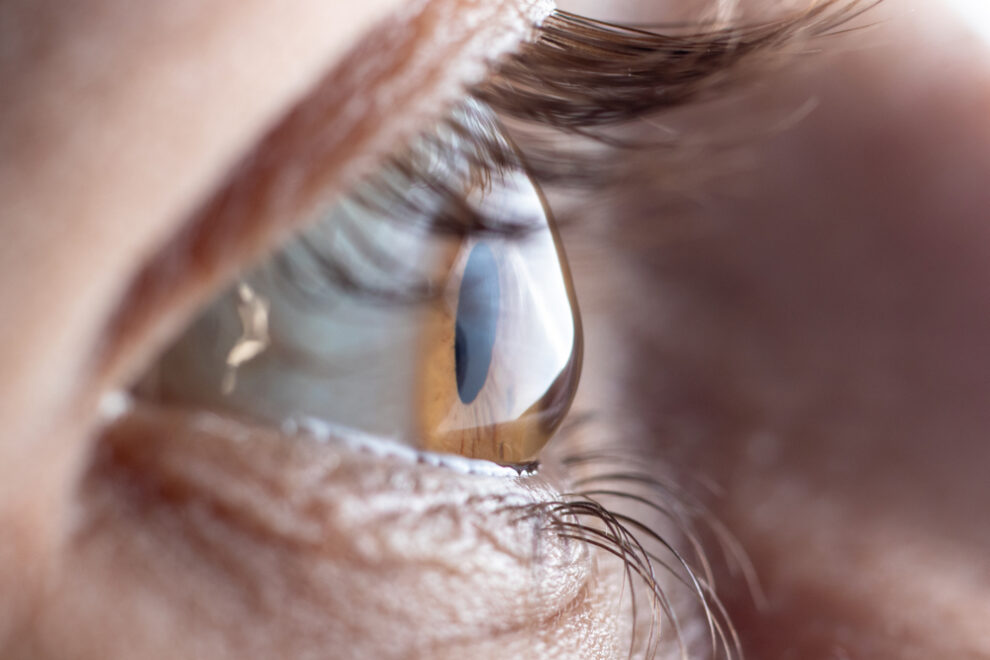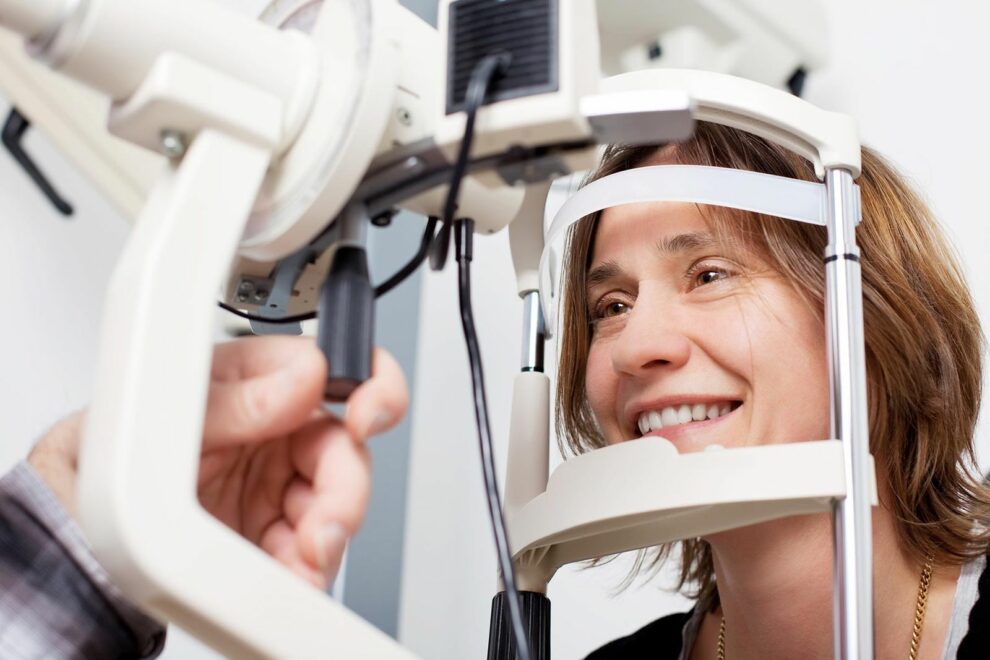Cornea

Cornea
The cornea is the transparent layer of your eye that covers the iris and pupil and admits light to the interior. Like the crystal of a watch, the cornea is strong enough to protect the inside of the eye from injury, yet transparent enough to let light pass through.
Corneal problems can happen to anyone at any age due to disease, injury or infection.
A damaged cornea distorts light as it travels into the eye affecting your vision and may even cause pain. Unlike other parts of the body, once the cornea has been damaged, it does not heal itself completely. Dr. Amanda Matthews is well trained in caring for a variety of issues related to cornea disease including Fuchs Dystrophy.
Keratoconus
Have you recently found out you or someone you love has keratoconus? Keratoconus is an eye condition that causes the cornea to become more irregular in shape so that it eventually starts bulging out.

At Palmer Eye Center, our talented ophthalmologists are here to treat this and other eye conditions our patients require care for.
What is Keratoconus?
Keratoconus is an eye condition that affects the shape and structure of the cornea. The cornea is the transparent, dome-shaped outer layer of the eye. It helps focus light into the eye. When you have keratoconus, the cornea becomes too thin and weakens. As a result, the cornea starts bulging out, resembling more of a cone shape.
The change in the shape of the cornea causes distorted vision and blurriness that gradually worsens over time.
Are There Any Signs of Keratoconus?
If you or someone you love has keratoconus, they may display common signs like the following:
Distorted or Blurry Vision
Those with keratoconus often complain of blurry or distorted vision. In particular, someone with keratoconus may have distorted vision when looking at things far away or in the distance.
If this occurs, it can make it more challenging to read road signs while operating a car or seeing the faces of friends or family at a distance.
Light Sensitivity
Someone with keratoconus may start noticing they have become more sensitive to light, especially bright lights and glare. Patients with the eye condition may find it uncomfortable to be outside on bright, sunny days or in bright places indoors.
Finding it Challenging to See at Night
Seeing at night can become more challenging when you have keratoconus, as it’s a low-light condition. You may struggle to feel safe while driving at night or feel like your vision is negatively affected in dimly lit rooms or environments. Unfamiliar environments may feel uncomfortable to navigate, with some patients avoiding them at night.
Redness or Swelling
If you have keratoconus, you may notice that your eye becomes swollen or red. This is most likely if the cornea becomes quite thin or has developed small scratches or tears.
Requiring More Frequent Prescription Changes
As keratoconus progresses, the cornea’s shape will continue adapting and changing. When this happens, patients with keratoconus usually need frequent prescription changes to their glasses or contact lenses to ensure they can still see clearly.
The above symptoms are not exclusive to keratoconus, meaning it’s essential to let your ophthalmologist know if you experience any vision changes. If vision changes or other concerns are due to keratoconus, they can review the next steps for treating and managing the eye condition.
Who is Most Likely to Develop Keratoconus?
Certain risk factors will increase your risk of developing keratoconus, such as:
Existing Family History of Keratoconus
If you have a known existing family history of keratoconus, this raises your chances of developing the eye condition. Your risk of developing keratoconus increases if a close relative has the condition.
Rubbing the Eyes
If someone frequently rubs their eyes, it may increase their risk of developing keratoconus. Rubbing the eyes can put undue pressure on the cornea.
Certain Medical Conditions
Individuals suffering from certain medical conditions like eczema, asthma, or Down syndrome may have a higher risk of developing keratoconus.
Remember that these are only risk factors. There is no way to determine who will or will not develop keratoconus. Keratoconus is usually diagnosed in the late teens or early twenties. However, many patients often find out they have keratoconus in their mid to late thirties.
Diagnosing Keratoconus

If your ophthalmologist suspects you have keratoconus, they will conduct a comprehensive eye exam. They may perform tests like pachymetry to measure the thickness of the cornea to see if your cornea is too thin or weakened, along with testing corneal topography to create a detailed map of the shape of your cornea and its curvature.
Corneal topography can help your eye doctor detect any irregularities or differences in the shape of the cornea. They may also measure the cornea’s curvature with keratometry using a keratometer which can help determine how severe keratoconus is if it’s present and how much distortion to the cornea has occurred.
They may perform other tests depending on the results of these tests and the appearance of your eyes.
Managing Keratoconus
After these tests, if it’s determined you have keratoconus, you and your eye doctor will discuss the next steps, including how to manage keratoconus and its symptoms. Early stages of keratoconus often benefit from treatment with glasses and contact lenses.
As keratoconus progresses, you may need to use special contact lenses called scleral lenses. Scleral contact lenses fit over the entire cornea and sclera instead of only the cornea.
These lenses rest on the sclera and create a small reservoir of fluid between the cornea and the lens. Having this reservoir gives keratoconus patients more consistent and stable vision.
Scleral contact lenses provide better vision correction abilities than traditional contact lenses and are also significantly more comfortable since they cover more surface area of the eye. Scleral contact lenses are only one of several treatment options for keratoconus patients.
Your ophthalmologist at Palmer Eye Center will work with you to develop the best treatment plan to address your needs and visual goals.
Learn more about keratoconus and how best to treat it by requesting your appointment at Palmer Eye Center in Tallahassee, FL, today!


